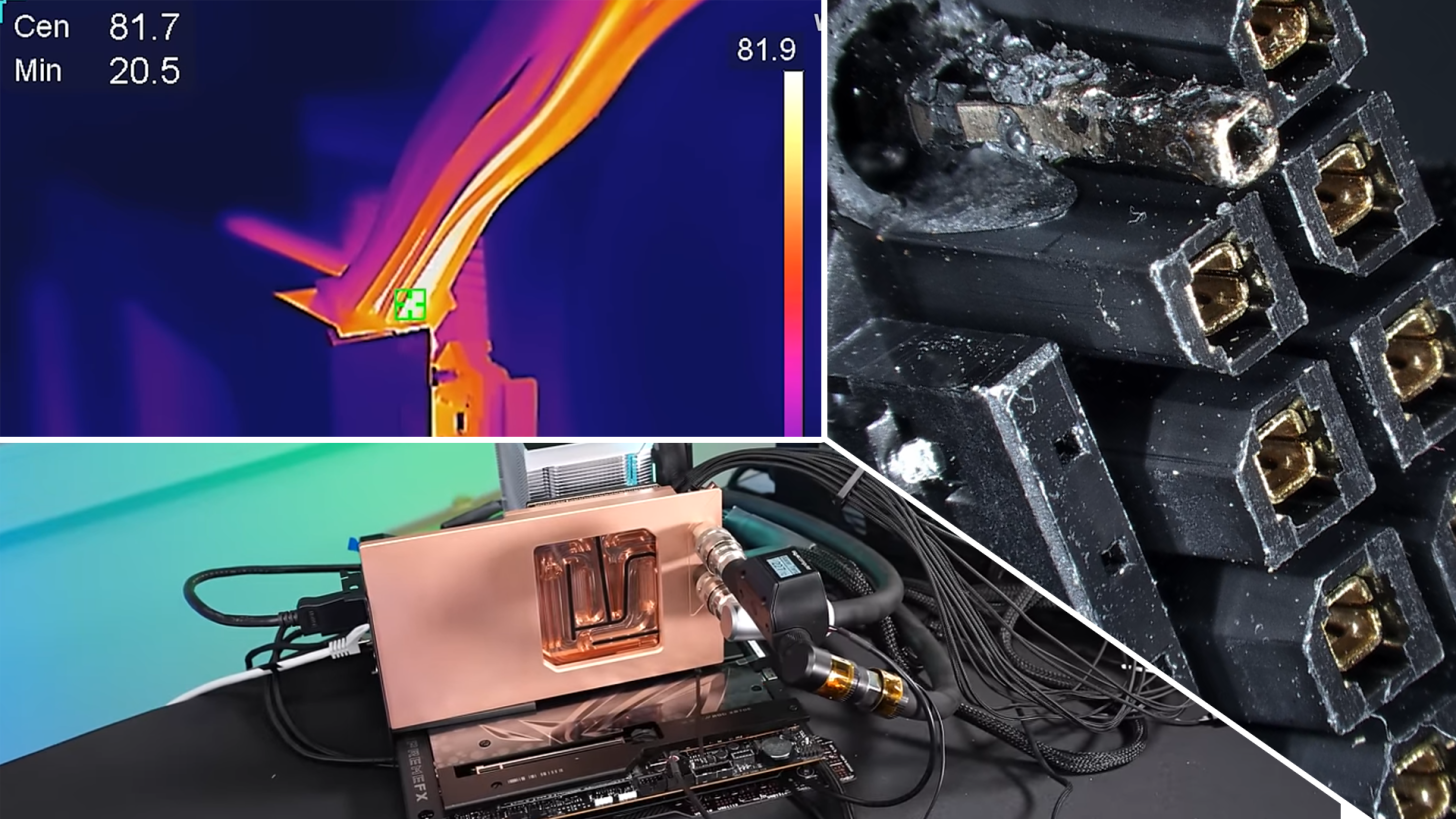Meltdown Alert: 12VHPWR Connector Hits Scorching 150°C in RTX 5090 Power Nightmare

Nvidia's RTX 5090 Connector Sparks Serious Overheating Concerns
A shocking discovery by renowned tech expert Der8auer has reignited discussions about the potential thermal risks associated with Nvidia's latest graphics card. In a recent investigation, he uncovered alarming evidence that the 12VHPWR connector can reach scorching temperatures exceeding 150°C when connected to the upcoming RTX 5090.
The extreme heat levels are raising significant red flags within the tech community, as such intense temperatures could potentially lead to connector melting and serious hardware damage. This finding not only highlights potential design vulnerabilities but also underscores the critical importance of thermal management in high-performance graphics cards.
While Nvidia has yet to officially comment on these findings, the tech world is watching closely to see how the manufacturer will address these concerning thermal performance issues. For enthusiasts and professionals alike, this revelation serves as a critical reminder of the complex engineering challenges behind cutting-edge graphics technology.

